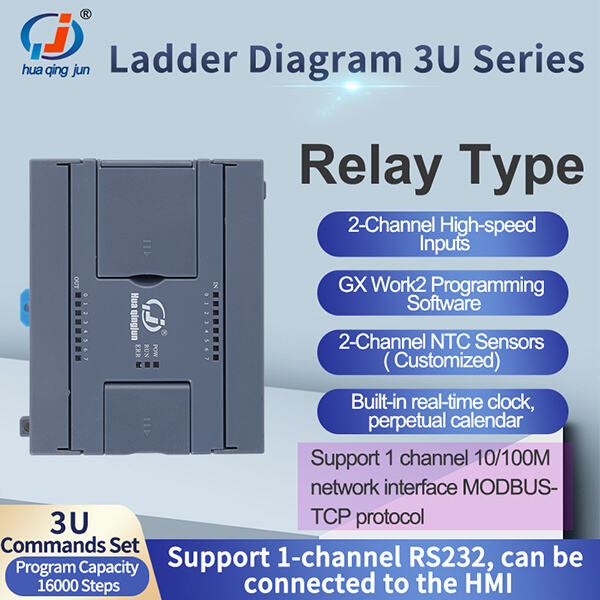Do you know what basic ladder diagrams for PLC look like? A big, fancy word that may sound complicated to say the least but never fear… I am here to break down for YOU! Let's delve deeper into the world of industrial automation and better understand how PLC ladder diagram works?
So, to begin with, what is a ladder diagram? Consider it the GPS system of what a PLC should do. With the same way that you follow step-by-step instructions to make a craft, also PLC follows a ladder diagram to control machinery and processes in factories and another industrial environment.
So you might be thinking, how does a ladder logic work at all? So, think of a ladder with two vertical panes and rungs in between the panes. Each rung of the ladder diagram represents a different phase in the process the PLC has to regulate. The PLC "reads" the ladder diagram from left to right and know what sequence of actions to implement to keep everything running.

There some basic components that you need to understand in a ladder diagram. A few of these are the symbols for representing sensors, motors or switches. These symbols allow the PLC to know what steps to take according to the information he receives from the machine.

Creating a ladder diagram might seem complicated, but the process soon becomes as natural. Again, the objective is to develop a simple, reasonable game plan that the PLC can follow. Finally, and should something not work, often you just need to troubleshoot a ladder diagram which would be looking for mistakes in the sequence of steps used or even the parts used.

Ladder diagrams are the first thing you will learn when it comes to learning PLC programming. Having this skill will lead you to unlimited opportunities in the area of industrial automation. So get out there and experiment, and you too will be a pro at ladder diagrams in no time!